While driving the 2019 Volkswagen Santana 1.4 MPI Trendline for our recent Driven story, we realized that there’s a 45 year gap between it and the other volks (people’s) wagen (car) in our garage – our recently-acquired 1974 Volkswagen Super Beetle 1303 S. Our test Santana is the base model with the 1.5 MPI Automatic Trendline and the 1.5 MPI Automatic Comfortline variants above it, while our 1974 Super Beetle was the mid-level model between the base model 1300 and the top-of-the-line 1303 LS variants. Despite this model disparity, we couldn’t help but make a fun comparison between the two cars.
As you can see from the specs comparison above, there’s several similarities and differences between today’s wagen for the volks and the ones made 45 years ago. While both cars are sedans, the Santana has four doors while our Super Beetle has two. While both have 4-cylinder gasoline engines, the front-wheel-drive (FWD) Santana has a 90-metric horsepower liquid-cooled inline-four with multi-point electronic fuel injection (MPI) at the front while our rear-wheel-drive (RWD) Super Beetle has a 60-horsepower air-cooled flat-four with a single barrel carburetor at the back. While both have manual transmissions, the Santana has a 5-speed while our Super Beetle has a 4-speed. While both are European cars, the Santana was built in Anting, China by SAIC Volkswagen Automotive Co., Ltd., a joint venture between Volkswagen and Shanghai Automotive Industries Corporation (SAIC), while our Super Beetle was built in Wolfsburg, Germany by Volkswagenwerke AG, the original VW factory.
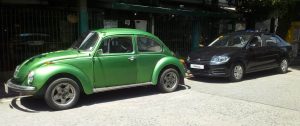
Our green 1974 Super Beetle has rear wheel drive (RWD) while the black 2019 Santana has front wheel drive (FWD).
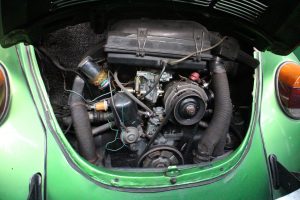
… while a longitudinally-mounted 60-hp 1.6-liter air-cooled flat-four resides at the back of our Super Beetle.
Millennial Mismatch
Recent surveys have shown that today’s younger generation, who are often called Millennials, are not as interested in owning or driving automobiles as the older generations. While many of these Millennials may not want to learn the art of driving cars, they’d be surprised to know that both the Santana and our Super Beetle have three pedals (accelerator, brake and clutch) with the Santana’s pedals hinged from the top while those on our Beetle are hinged from the bottom. Even though the Santana is easy to steer with its electric power-assisted steering (EPAS) system, the large-diameter steering wheel of our Super Beetle makes its manual rack and pinion system steer almost as light and almost as easy.
The base model Santana comes with standard cloth seats and headrests while our Super Beetle came with basket weave vinyl seats without headrests and a leatherette interior, which was the mid-level trim for European Super Beetles in the ’70s. The seats in both Volkswagen models are comfortable but the Santana’s bolstered and padded seats feel like you’re cocooned in them while our Super Beetle’s front seats feel like you’re perched on softly-sprung armchairs. Modern ergonomic science ensured everything’s within easy reach in the Santana while early anatomical studies used in car production means you need to reach for some of the control knobs in our Super Beetle.
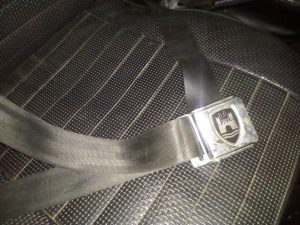
… while aftermarket 3-point non-retractable front seat belts with the Wolfsburg logo on the buckle were an added accessory for our Super Beetle.
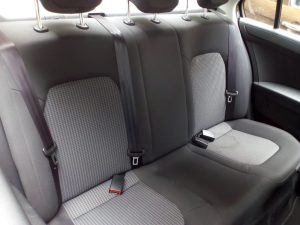
The rear bench seat of the Santana is ergonomically-designed with seat belts, headrests, and ISOFIX anchorage…
Back to Basics
The Santana and our Super Beetle both represent basic cars that are designed to serve a defined purpose – to transport people and their stuff from point A to point B safely, reliably, and economically. However, the definition of “basis transportation” has evolved in the last 45 years and this evolution is manifested by the difference of the “basic” equipment fitted by the factory into each vehicle. But, as the saying goes, “The more things change, the more they remain the same”, some aspects of the wagen for the common volks tend to remain constant.

… while the small plastic button at the bottom of the chrome handle opens our Super Beetle’s front compartment.
Today’s customer expectations, government safety regulations, corporate average fuel economy (CAFE) standards, and global environmental issues have influenced the design of the modern people’s car. Engineers and designers look to the past merely for inspiration when injecting character into modern vehicles but have to comply with current regulations and forecast future trends when designing modern cars. While the principles of the internal combustion engine, self-propulsion and transportation is basically the same, the methods and efficiencies have far departed from the old, obsolete technology. Some features of the Santana retain the VW character that loyal owners will find familiar.
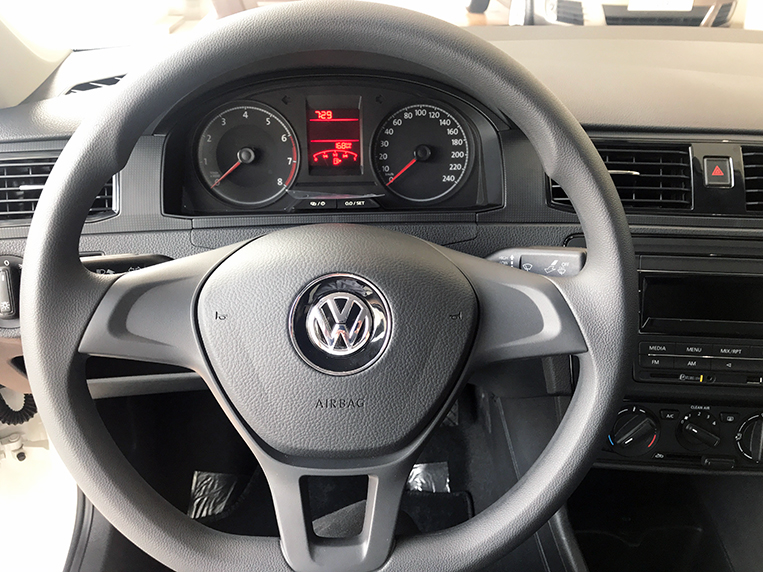
Left stalk behind steering wheel controls signal lights and high/low headlight beam…
Updated for Modern Living
As we delved further into our modern-versus-old Volkswagen people’s car comparison, we found some features and accessories in our two cars that are somewhat related to one another. We chuckled at how the technology of these features and accessories that we found inside these wagens has advanced to the point that today’s volks have taken them for granted. Some of the features are commonly found in all cars, old and new, like window risers and door pockets. It is how the design and function of these features have progressed that had us truly amazed.
Our particular Santana test unit came with the optional Blaupunkt Philadelphia 865 infotainment system with AM/FM radio, CD/MP3/DVD player, satellite navigation, AUX, USB, and Bluetooth connectivity while our Super Beetle came with an aftermarket AM/FM radio cassette tape player with PLL synthesizer tuner and auto reverse (!) and other additional accessories when we got it, such as a single-speed electric fan and a Carmate Zax compass and thermometer that were attached using double-sided tape. It was just fun to see how far car accessories have progressed!
And, at the risk of sounding redundant, we’ll say it again: “The more things change, the more they remain the same!” Despite the 45-year gap between these two people’s cars, some things still remain constant. We hope you enjoyed our time-warped comparison between the 2019 Santana 1.4 MPI MT Trendline and our 1974 Super Beetle 1303 S, two authentic wagens for the volks from Volkswagen.
 Power Wheels Magazine A Notch Above
Power Wheels Magazine A Notch Above

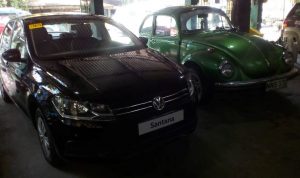
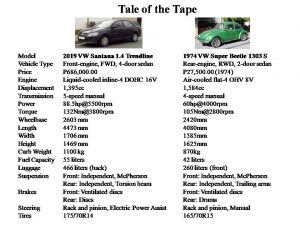

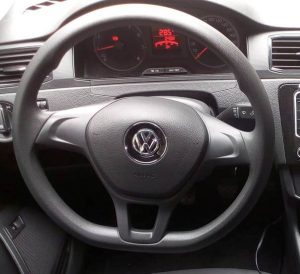
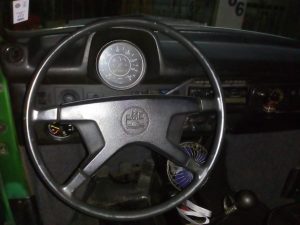
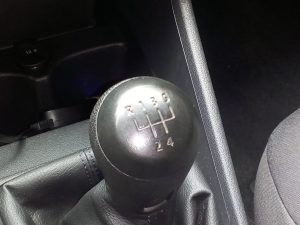
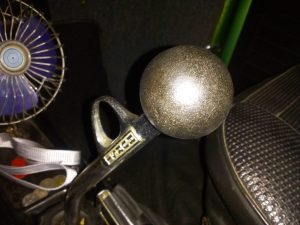
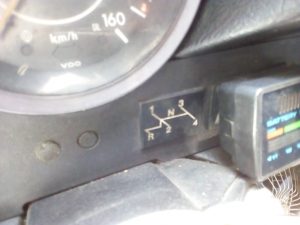
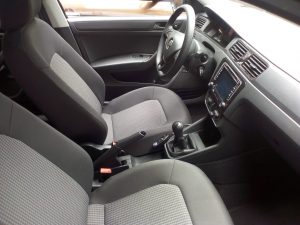
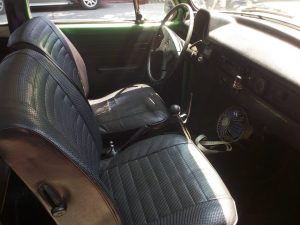
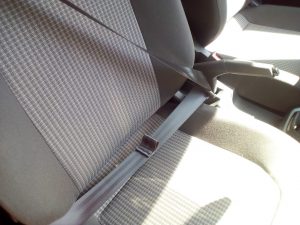
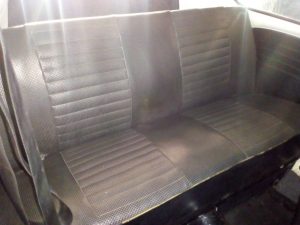
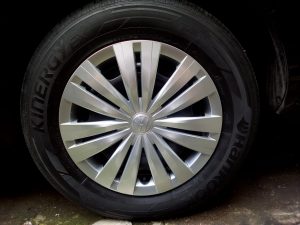
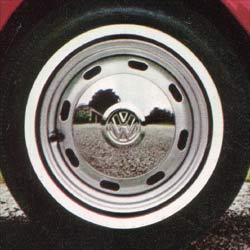
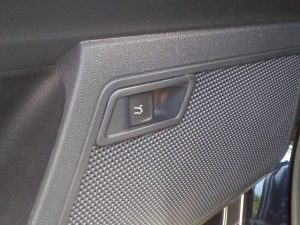

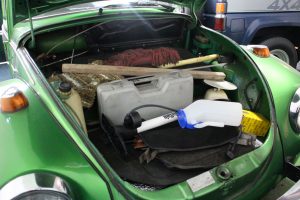
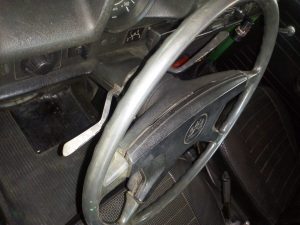
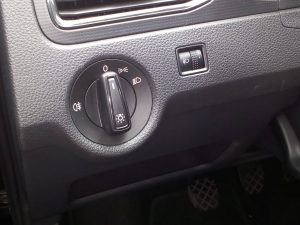
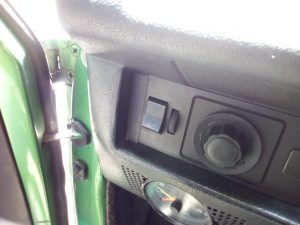
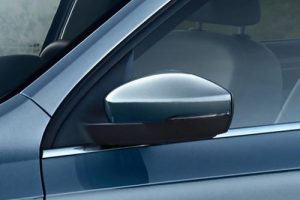
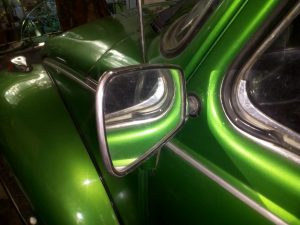
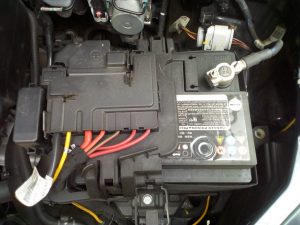
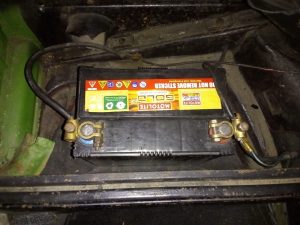
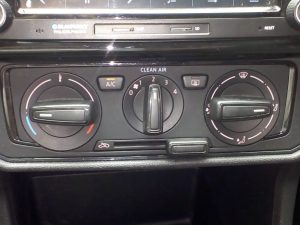
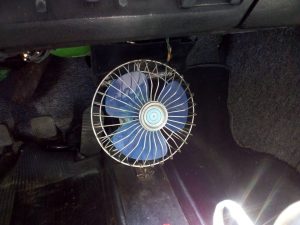
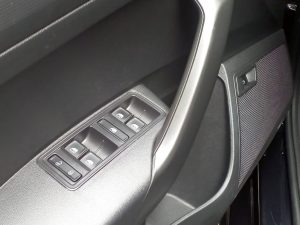
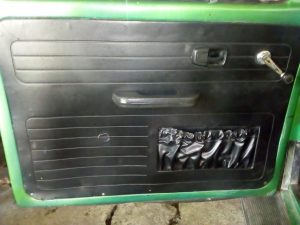
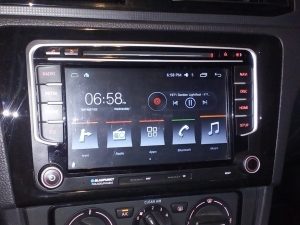
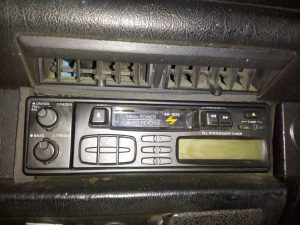
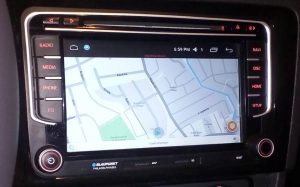
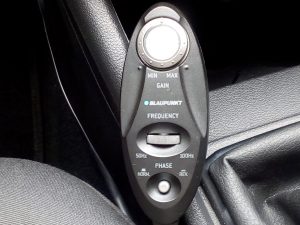
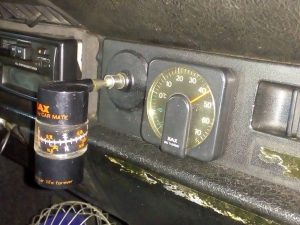
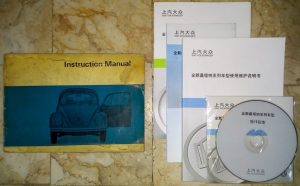
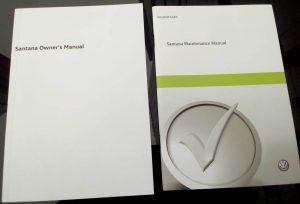
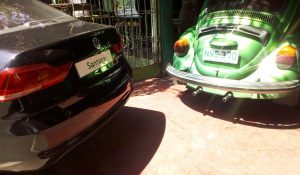
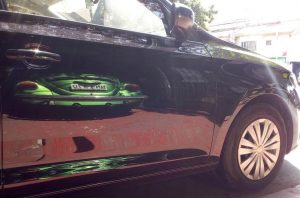
You forgot to include the luggage space behind the rear seats. Also, the increased luggage capacity when that seat is folded down!